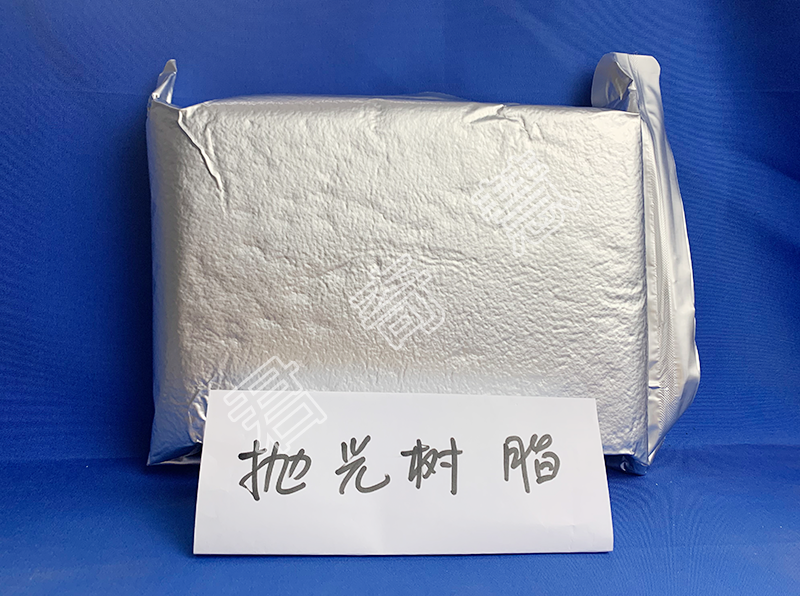Polishing resin
Polishing resin is generally used at the end of ultra-pure water treatment system to ensure that the water quality of the system can maintain the water standard. General water quality can reach more than 18 megohms, and TOC, SIO2 have a certain ability to control. Polishing resin factory ion type is H, OH type, after filling can be used without regeneration. Generally used in the semiconductor industry.
Key words:
Ion exchange resin
water
resin
Classification:
Business Description
Polishing resin is generally used at the end of ultra-pure water treatment system to ensure that the water quality of the system can maintain the water standard. General water quality can reach more than 18 megohms, and TOC, SIO2 have a certain ability to control. Polishing resin factory ion type is H, OH type, after filling can be used without regeneration. Generally used in the semiconductor industry.
Chinese name polishing resin representative works TOC, SIO2 related to the semiconductor industry commonly used models AMBERJET UP6150, MB115, MB106
♦Common model difference
常用型号有SEPLITEMONOJET 6150U、 AMBERJET UP6150、AMBERJET UP6040、
Tulsion MB115, Tulsion MB106, etc. The main difference between UP6150 and UP6040 is the processing of TOC and SIO2. The processing capacity of UP6150 can be TOC = 20ppb,SIO2 = 5ppb; The processing capacity of UP6040 is TOC = 15ppb,SIO2=2ppb;MB115 processing capacity TOC = 10ppb,SIO2 = 5ppb; MB106 = 10ppb,SIO2 = 2ppb. In terms of water resistivity, MB106 can reach above 18.2 and MB115 is stable above 17.5.
♦Loading Precautions
1. Polishing resin is a mixture of hydrogen-type strong acidic cation exchange resin and hydroxide-type strong basic anion exchange resin.
2. In the operation, if you need to add water to facilitate filling, please pay attention to the use of pure water, water should not be too much, and at the same time, the water should be pumped out or drained immediately after the resin enters the resin tank to avoid delamination of the resin.
2. If you need to fill the resin by hand, be sure to wash your hands and do not bring grease into the resin tank.
3. If the resin is replaced, the barrel tank and the water collector must be completely cleaned, and there must be no old resin residue at the bottom of the tank, otherwise these used resins will pollute the water quality.
4. The O-ring and urgency used shall be replaced regularly. At the same time, the relevant components must be checked every time they are replaced. If there is any damage, they must be replaced immediately. Check the water collector, if there is a blockage, it should be removed.
5. Use FRP barrel tank as a resin bed, and the water collection pipe should be retained in the barrel tank before filling with resin. In the process of filling the resin, the water collecting pipe should be shaken from time to time to adjust the position of the water collecting pipe and install the upper cover.
6. If you fill the resin first, you will encounter difficulties in inserting the water collection pipe. If it is necessary to fill the resin before inserting the water collection pipe, place the FRP tank filled with resin horizontally on the ground, slowly roll the tank to loosen the resin, and then slowly insert the water collection pipe into the resin.
7. After the resin is filled and connected to the pipeline, the vent hole at the upper end of the barrel tank shall be opened first, and water shall be slowly introduced until the vent hole overflows and no bubbles are generated, then the vent hole shall be closed tightly and water shall be collected.
More products
Responsible for the delivery of the gelatin protein solution to be processed into the device. Stable delivery capacity is required to ensure that the gelatin protein solution can enter the ion exchange equipment continuously and uniformly, and provide a stable material supply for the subsequent separation and purification process.
Product Inquiry
Leave your contact information to get a free product quote



 WeChat
WeChat